9 pests to look out for in your garden this spring in Ontario
Published March 23, 2024 at 11:37 am
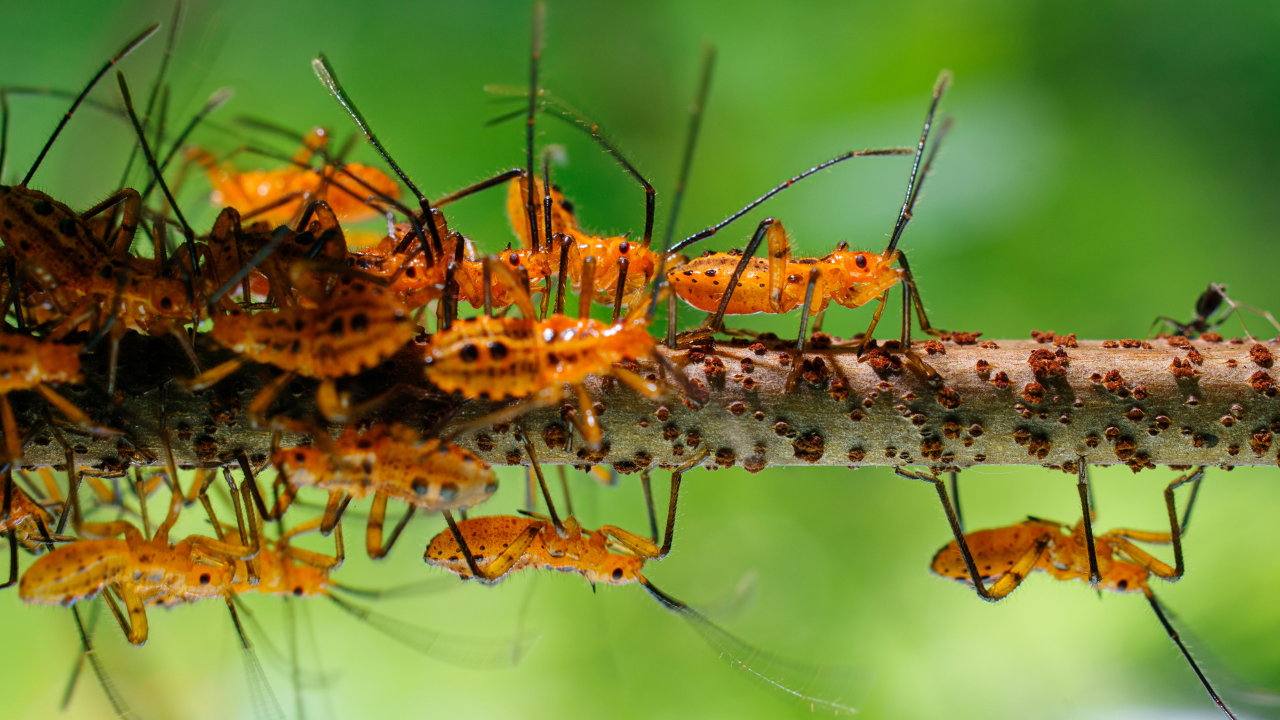
As spring gently stirs from its slumber, activity in our gardens begin to awaken too. However, it’s not just flowers and vegetables sprouting—it’s also a busy time for pests.
These little critters prove that a thriving garden attracts all sorts of life, but not all of it is welcome.
Worry not. With a few helpful tips, we can keep our gardens looking great and those pesky visitors under control.
According to Orkin Canada, the country’s largest pest control provider, these are nine pests to look out for in your garden this spring.
Aphids
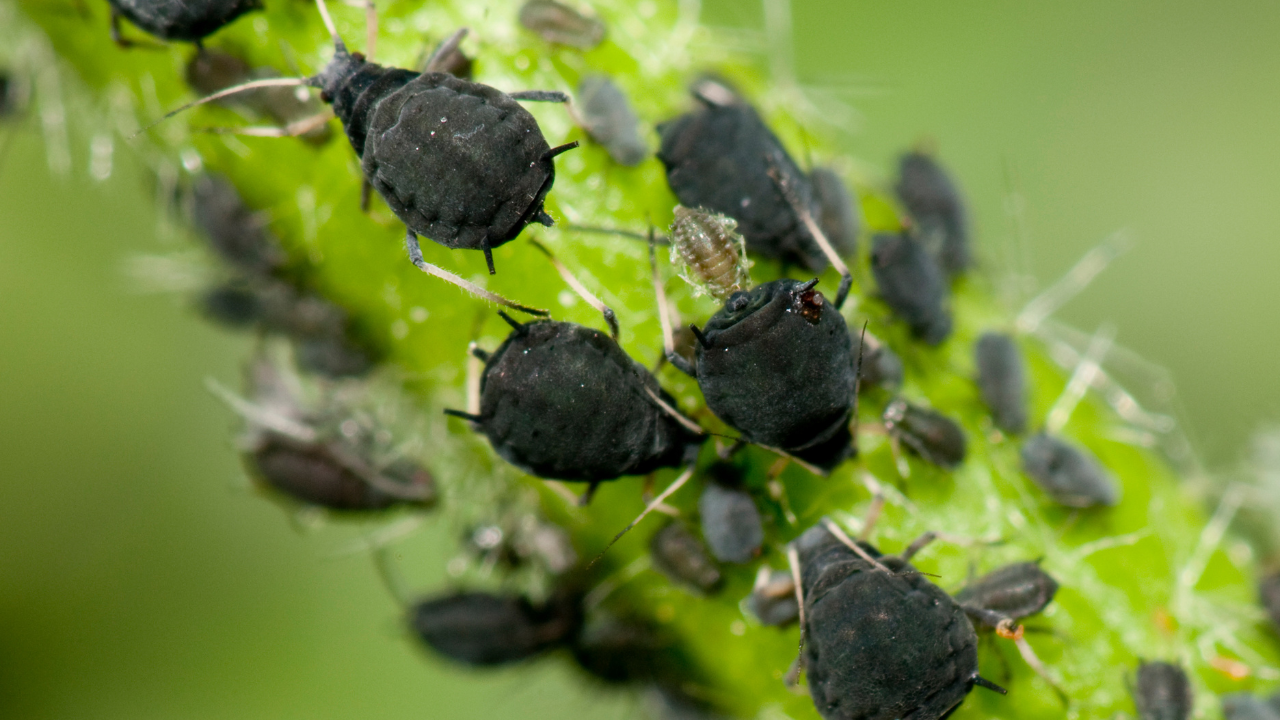
In North America, there are roughly 1,350 types of aphids, also known as plant lice. These pests feed on plant sap and usually stay close to or on the plants they feed from.
They can also gather underneath leaves and on both evergreen and deciduous trees.
Aphids are known to cause more harm to garden plants than any other insect.
Risks: Aphids eat in big groups and can quickly damage gardens and flower beds.
What you should do: To control aphids, consider planting Fern-Leaf Yarrow, Sweet Alyssum, Dill, and Cornflower. These plants draw in ladybugs, hoverflies, and lacewings, which are natural aphid predators.
Mosquitoes
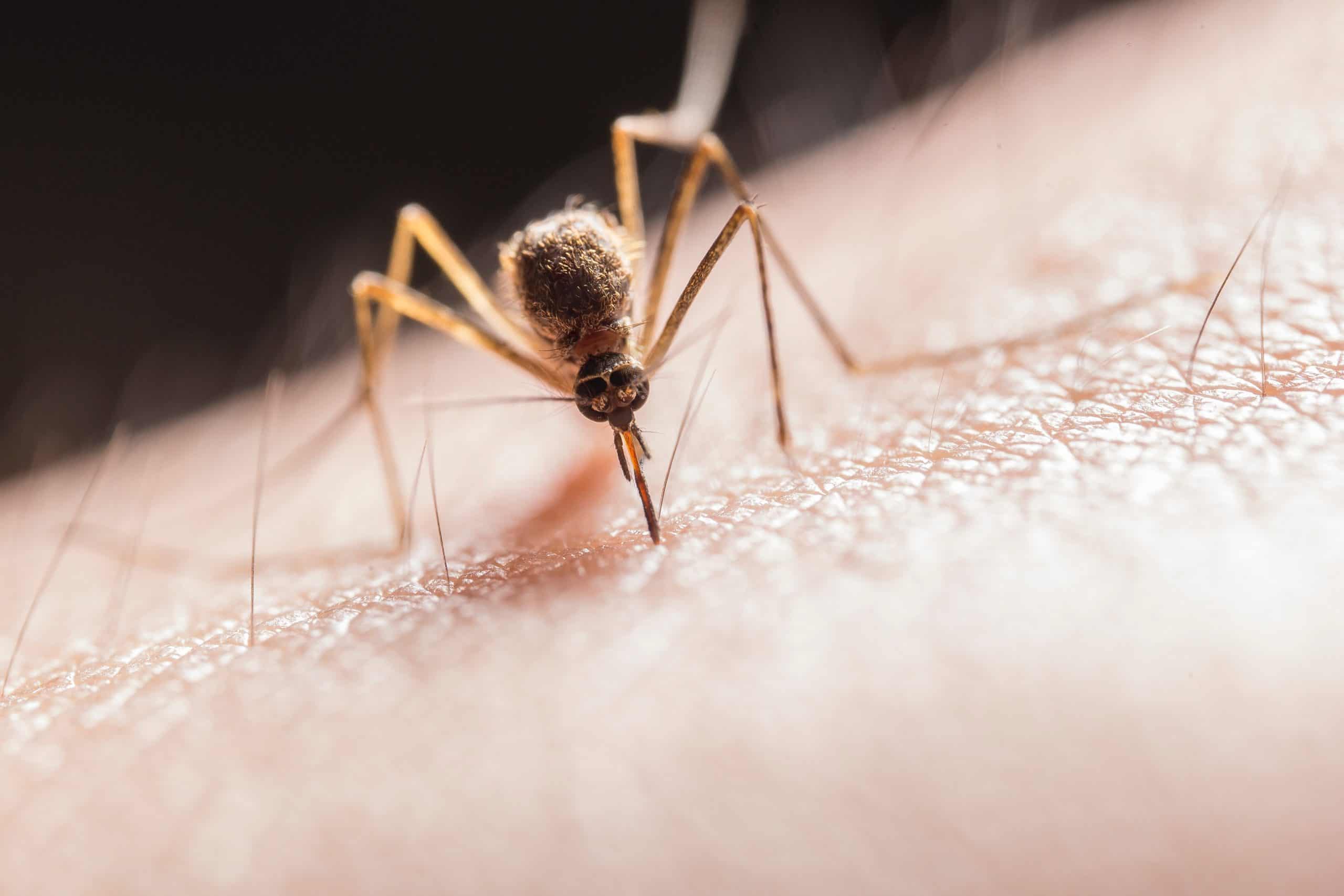
Mosquitoes flock to gardens to lay their eggs on the standing water.
Risks: Reactions to the bites may result in secondary infections and some species could transfer diseases such as malaria and West Nile virus.
What you should do: Get rid of any water that’s collected in gutters, birdbaths, or flower pots. Fill in any unnecessary ditches or holes. Make sure ponds, water features, and fountains are clean. Cut down any tall plants.
Wasps and Bees
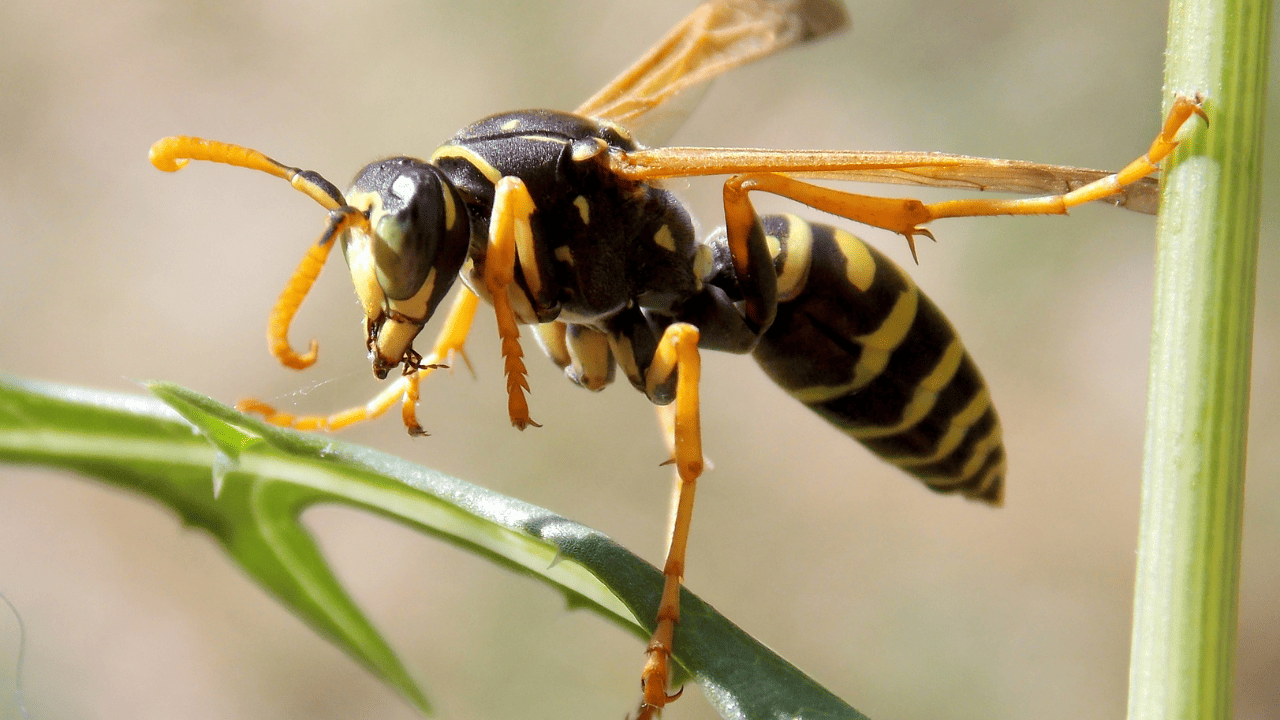
Gardens can attract stinging pests such as wasps, which can sting multiple times and bees, which sting when feeling threatened.
Bees and wasps are good for gardens because they help plants by pollinating them. However, hornets and yellowjackets are types of stinging pests you don’t want in your garden or home.
Risks: These pests are known to be dangerous, aggressive and extremely territorial— especially if they build a nest near your home.
What you should do: Keep a light on in places like sheds where wasps might nest since they like the dark. Use a yellow light because white light draws in beetles and wasps.
Ensure trash can lids are tight and plant fruit trees away from your house.
Cover up old rodent holes in your yard to stop wasps from using them as hiding spots.
If you find a wasp nest in your garden, it’s safest to call a pest control expert to get rid of it.
Earwigs
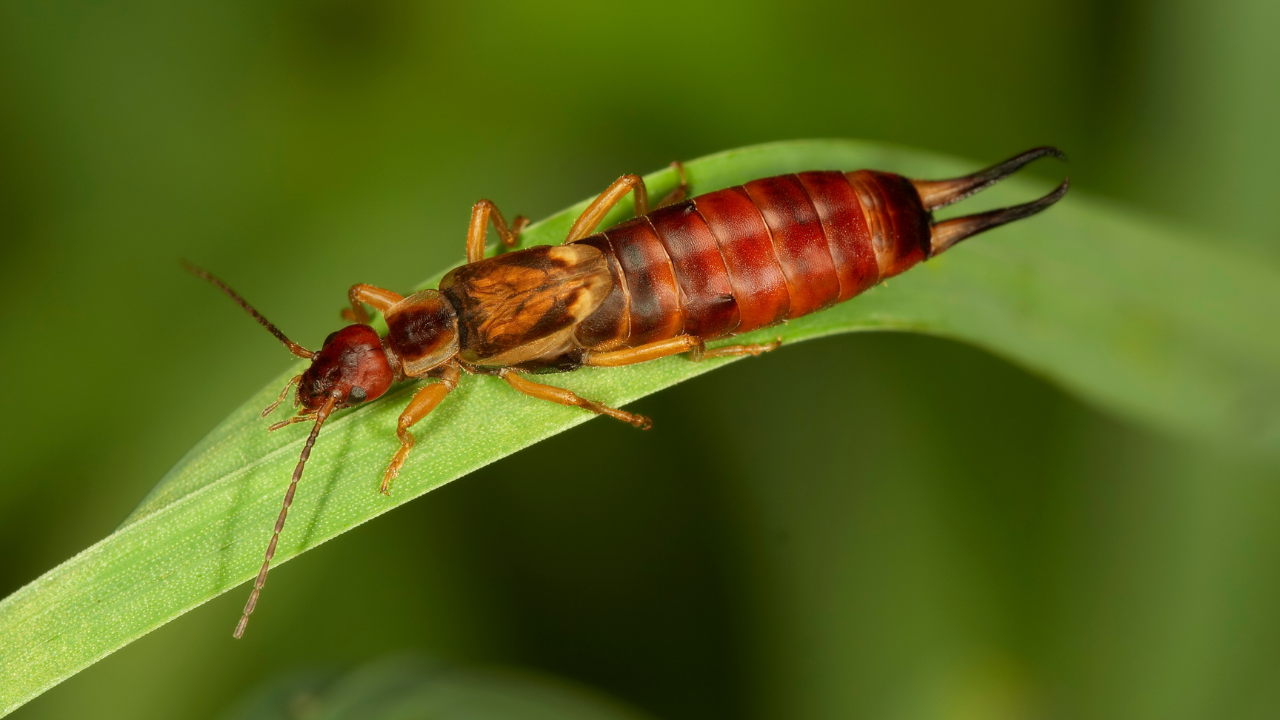
Earwigs prefer dark and damp soil as they forage for dead or decaying vegetable matter, dead insects, spiders, aphids, caterpillar pupae, piles of leaves, vegetation, and mulch. These insects are helpful in a way, by breaking down dead plants which is good for the soil.
Risks: Earwigs can damage healthy plants and flowers.
What you should do: To prevent an infestation, remove any rotting plants. Clean up piles of leaves, and cut grass. Try to fix leaky downspouts and broken sprinklers and redirect drains.
Boxelder Bugs
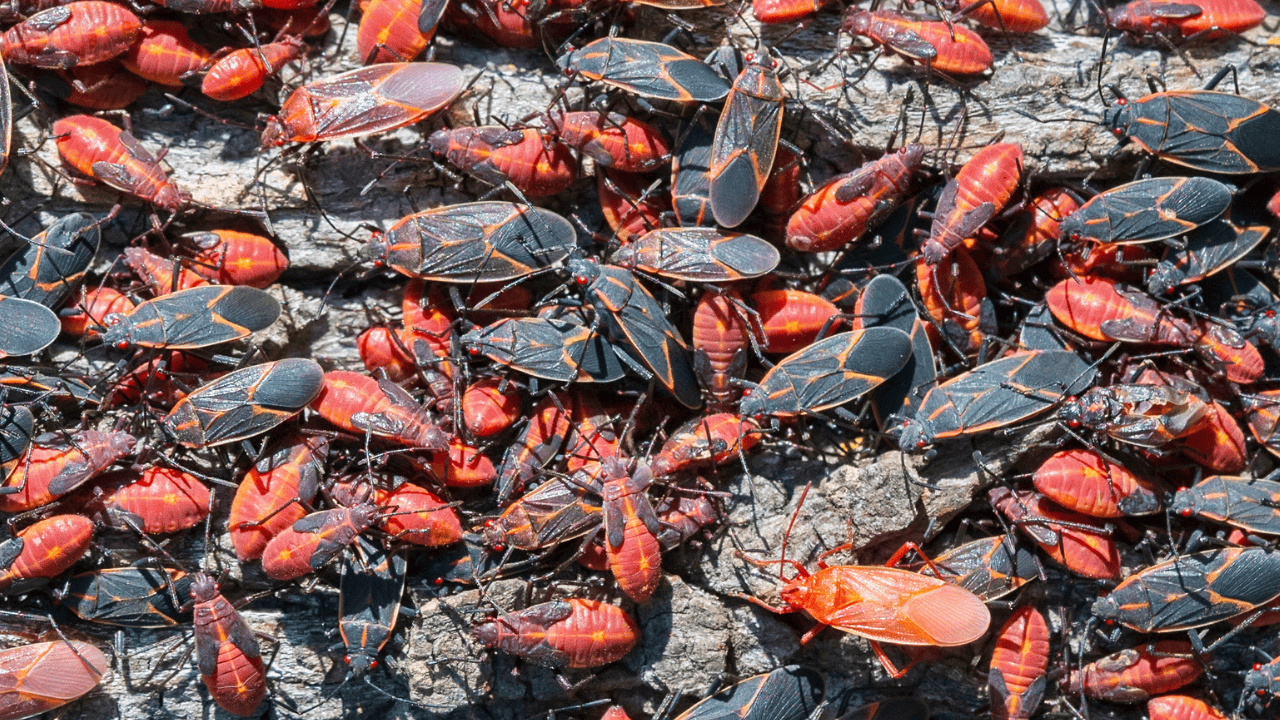
Boxelder bugs also called Maple bugs, feed on sap from seed pods. Additionally, they have been known to infest maple and ash trees, as well as fruit trees, including cherry, plum, peach, and apple.
Risks: Boxelder bugs don’t bite but can be bothersome. They also cause minor damage to trees, leaving leaves speckled and fruit scarred.
What you should do: Replace any female Boxelder trees you have with males.
Moles
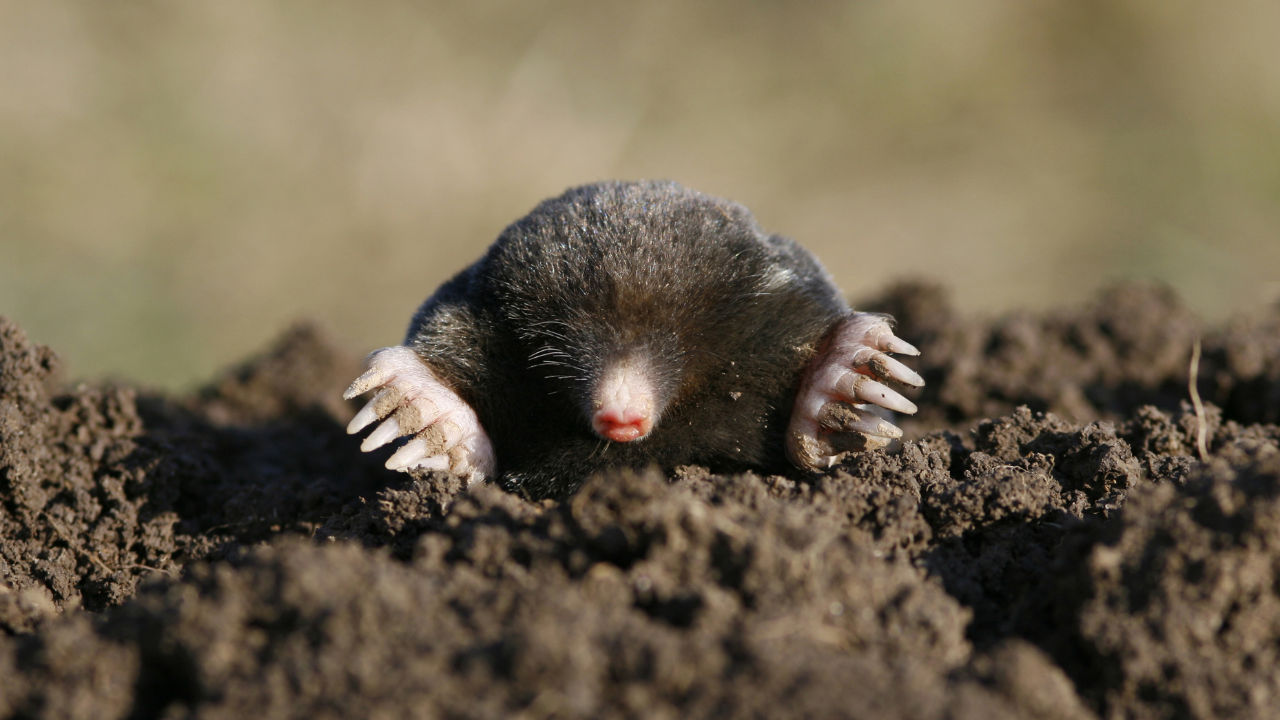
Moles stay mostly underground and like places with soft, damp soil because it’s easier to dig through and it houses many insects. Moles feed on grubs, worms, and bugs and are drawn to areas with lots of these insects.
Risks: Moles cause damage by tunnelling near hedges, sidewalks, and under the ground, harming plant roots and creating dead spots in lawns and gardens.
What you should do: Keep your lawn healthy to keep grubs away. Castor oil or thick soil will help keep moles out. Since dogs and cats naturally hunt moles, having a pet might solve the problem.
Rabbits
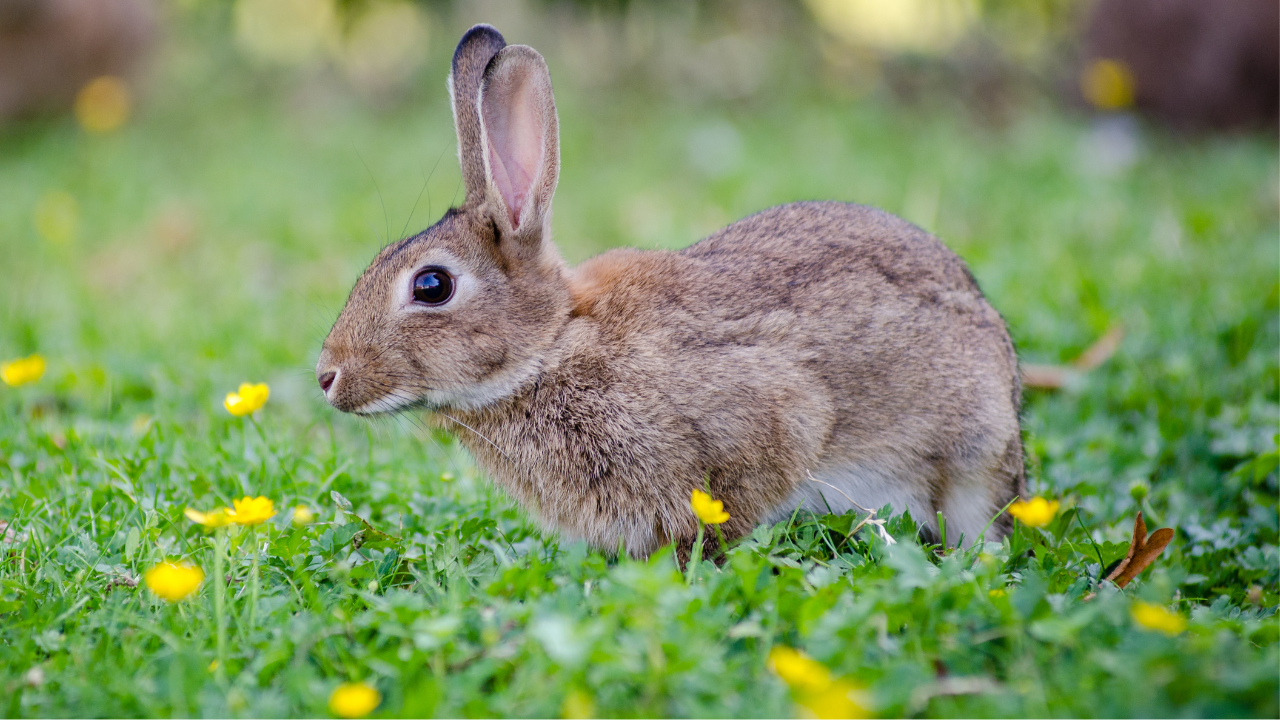
Rabbits often enter gardens looking for food and shelter. They eat grass, clover, herbs, lettuce, peas, and dandelions, as well as parts of birch, oak, maple, and dogwood trees.
Risks: Rabbits can wreak havoc on gardens and farms by eating crops and damaging landscaping and irrigation systems.
What you should do: Build tall and deep fences. Use flashing lights to scare them away.
Raccoons
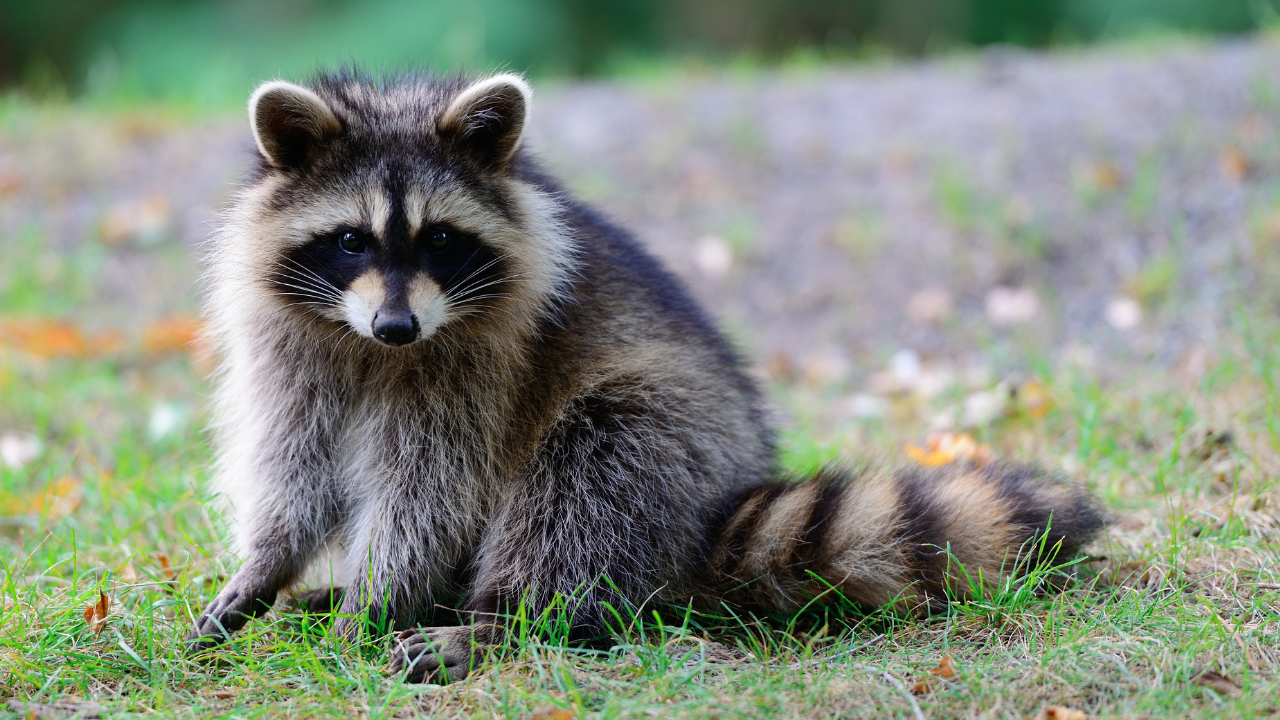
Raccoons are known for eating nearly anything and might target your garden for food, especially in urban areas.
Risks: Raccoons can cause serious damage to structures if they nest on your property and carry diseases harmful to humans.
What you should do: To keep raccoons out of your garden:
- Block all entry points.
- Get rid of food that might attract them.
- Use trash cans that close securely.
- Bring pet food inside at night.
- Cut back overgrown plants and keep wood in a shed.
If a raccoon shows up, contact a pest control service for safe and legal removal.
Fire Ants
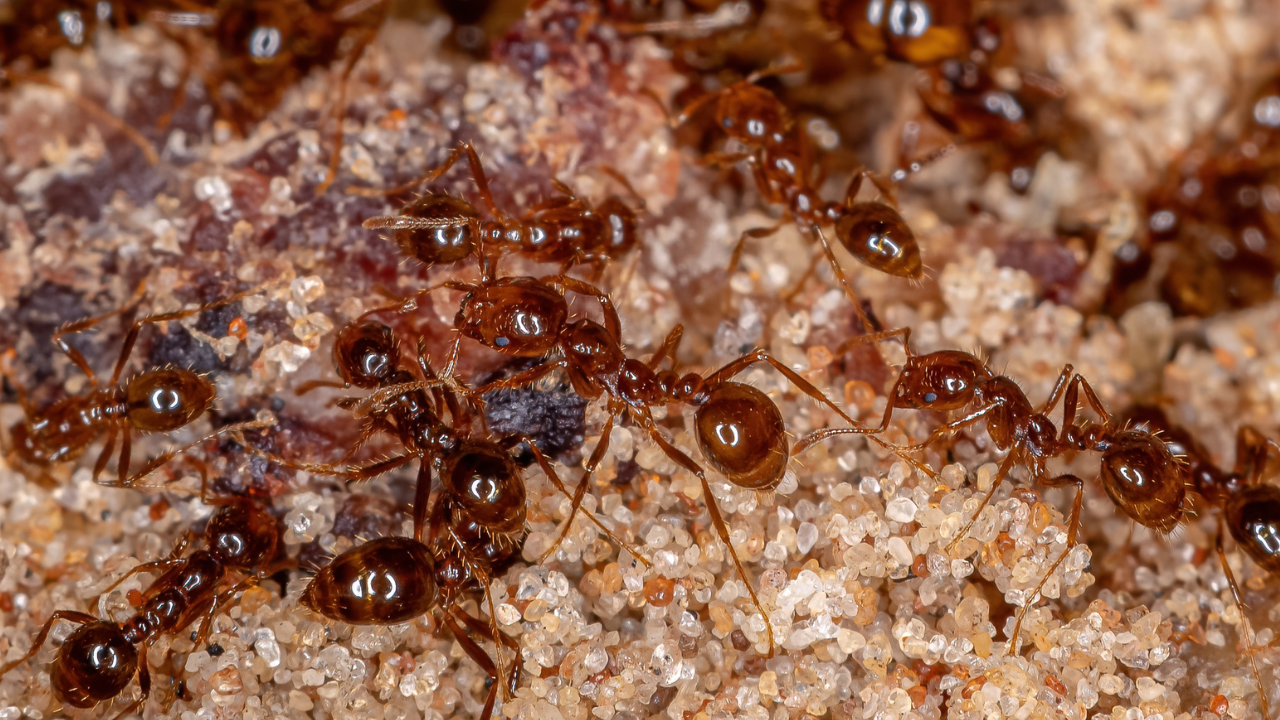
Fire ants build mounds in gardens from mud and leaves, searching for food, such as dead insects, fly larvae, grasshoppers, other ants, caterpillars, and moths.
Risks: Fire ants can sting humans causing intense pain that feels like a burn.
Fire ants, which have colonies with many queens and up to 250,000 workers, are hard to eliminate.
What you should do: Get rid of any water standing around your garden. Keep wood piles away from your house and other buildings. Cut back trees and shrubs that hang over areas where you don’t want ants.
For more information on these pests and tips on how to protect your home and garden, you can visit Orkin’s website here.
insauga's Editorial Standards and Policies advertising





